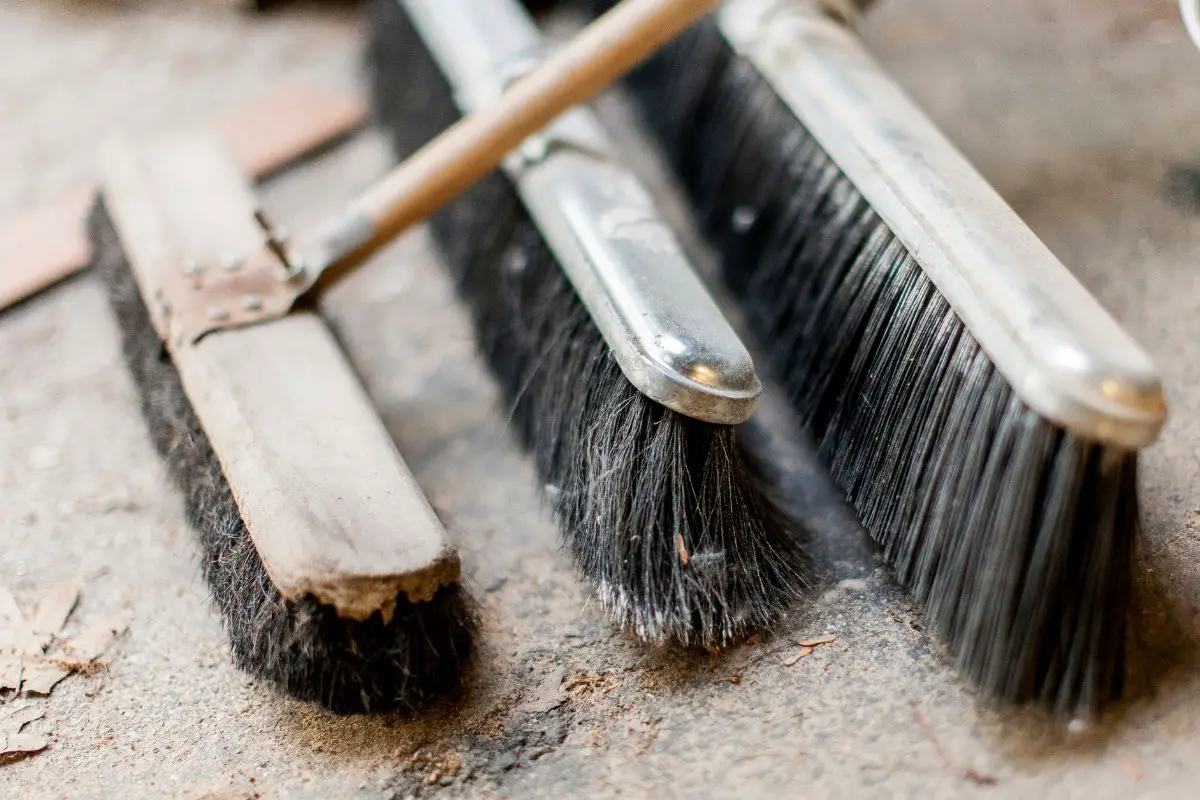There’s nothing quite as satisfying as a perfectly striped lawn. They look amazing and really stand out in the neighborhood. If you’ve never striped your lawn before and want to know how to do it, we’re here to help.
Some people use an expensive roller to stripe their lawn, but believe it or not, it’s not essential! You can stripe your lawn using equipment you can find in your home or tool shed.
In this guide, we’ll show you exactly how to stripe your lawn so you can be the envy of your neighbors!
Before You Start
Plan out which direction you want your stripes to be laid before you begin. You can mow your lawn in a variety of ways, including straight stripes, a checkerboard pattern, or diagonal stripes.
Once you have your pattern thought out, make sure your grass is tall enough because short grass is more difficult to lay down. Make sure your mower’s blades are properly sharpened as well.
You can make stripes in your lawn using a few other techniques rather than a roller. You can either use a push broom with soft bristles or your lawnmower and mowing deck.
Striping Your Lawn With A Mower
If you have a riding mower with an adjustable deck, this method of grass striping works well. For bigger yards, it’s also the technique that saves the most time and effort.
With a push mower, you can still get the striped look, but it will take more time and energy if there is a lot of grass to cut.
Trim the edges of your yard first with your mower’s cutting deck set to the appropriate height of about 3 to 4 inches. After that, mow your lawn in straight lines. We’ll assume you’re trying to create straight lines in an east-to-west direction.
Mow a line from west to east, turning 180 degrees as you go from one side of your yard to the other. Continue cutting your lawn until it is completely covered.
Set your mower deck to the lowest position, but leave the blades off, until your yard has reached a uniform height. You don’t want to trim the grass any shorter; all you want is for the deck to roll through it as gently as possible.
Repeat the previous step by moving the mower deck across the grass from east to west once again, turning 180 degrees, and driving west to east on the following line.
By first bending the grass with the mower deck in one direction, the second pass will bend it in the opposite direction, giving the grass a striped appearance. Depending on how the grass is laid out, the sun will reflect light in different ways.

Striping Your Lawn With A Push Broom
The following technique is suitable for you if your yard is smaller and you use a push mower rather than a riding mower. Instead of using a roller to stripe your lawn, use a push broom.
Start off by using a soft-bristled brush. Those brooms with rigid, stiff bristles have the potential to rip your grass blades and even pull some of them up by the roots, leaving you with a ragged, tattered lawn.
Essentially, you’ll drag the broom behind you as you lightly sweep it across your lawn in long, straight lines. Once more, you bend the grass in one direction before bending the subsequent stripe in the opposite direction.
If you don’t have a soft-bristled push broom, you can also use a floor squeegee. You’ll follow the same steps with the squeegee by dragging it across your mowed lawn from east to west, one end to the other, and again in the opposite direction.
Caring For Your Striped Lawn
Once you have striped your lawn, you should change up the pattern every two to three weeks to keep your lawn thick and healthy.
The blades of grass that are bent down in one direction receive less sunlight, and if you keep going in that same direction, the grass will begin to grow permanently horizontally.
You might develop unattractive ruts and unhealthy grass if you keep mowing in the same way year after year.
After two to three weeks make a 45-degree turn. For example, switch to mowing your stripes in a southeast to northwest pattern if you were previously cutting them in an east to west pattern.
Repeat the 45 degree pattern shift a few weeks later. It will guarantee a robust, healthy lawn.
Why You Should Consider Striping Your Lawn
Mowing stripes on your lawn has advantages besides making your neighbors jealous.
Lawn stripes not only make your lawn look well-kept and like you paid a high-priced lawn service to give it a manicured appearance, but they also boost curb appeal and raise the value of your home.
The right stripes on a well-kept lawn also help the grass receive enough sunlight. You’ll need to occasionally alter the stripes’ design to ensure that the grass blades receive enough sunlight.
A good, healthy height for your lawn is 3 to 4 inches tall, which is what is needed for lawn striping. A bed of dense, rich grass encourages the development of better lawn roots while helping to choke out and inhibit the growth of weeds.
Final Thoughts
Striping your lawn couldn’t be easier, and you don’t need an overpriced roller to do it! With this guide, you’ll be able to achieve a beautiful, healthy lawn with minimum time and effort at a fraction of the cost.
To keep your lawn looking perfect, remember to change up the pattern every time you use our lawn striping guide.


